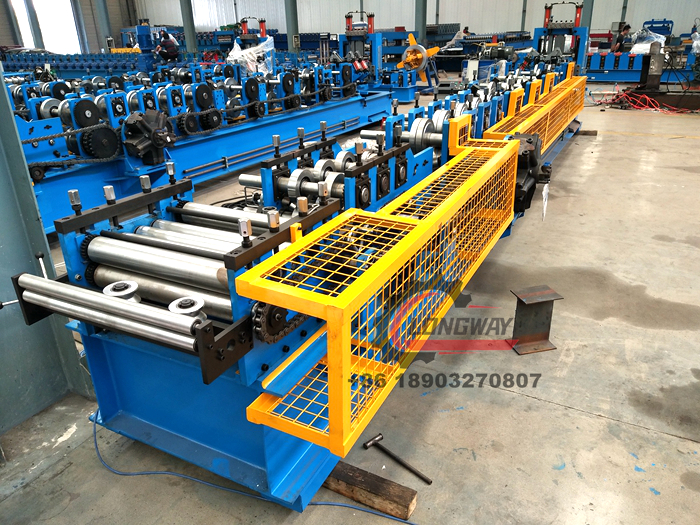auto stacker
Auto Stacker Revolutionizing Material Handling
In the realm of industrial automation, the auto stacker has emerged as a game-changer, revolutionizing how materials are handled in warehouses, distribution centers, and manufacturing facilities. This innovative system not only enhances efficiency but also dramatically reduces labor costs and minimizes the risk of workplace injuries.
An auto stacker, often referred to as an automated storage and retrieval system (AS/RS), is designed to automatically store and retrieve goods. It operates with high precision, utilizing sophisticated software and robotic technology to manage inventory. This advanced system integrates seamlessly with warehouse management systems (WMS), allowing for real-time tracking of stock levels, which streamlines the overall process of inventory control.
One of the primary advantages of auto stackers is their ability to maximize space efficiency. Traditional warehousing often leads to wasted space due to the need for aisles and walkways for manual forklifts. In contrast, auto stackers can operate in narrower aisles, enabling businesses to utilize vertical storage effectively. This not only increases storage capacity but also helps in reducing real estate costs, which is a significant factor for many companies operating in high-rent areas.
Another noteworthy benefit is the reduction of human error. In a typical manual operation, the chances of errors in item retrieval or placement increase with the volume of items being handled. Auto stackers, driven by precise algorithms, can significantly lower these risks by ensuring that items are stored and retrieved accurately every time. This precision leads to improved order accuracy and customer satisfaction, which are crucial metrics in today's competitive market.
auto stacker

Furthermore, auto stackers contribute to enhanced safety in the workplace. Manual handling of materials, especially heavy items, poses various risks, including injuries related to lifting and transport. By automating these processes, workers are freed from strenuous tasks, allowing them to focus on more strategic roles within the organization. This shift not only protects employees but also fosters a more motivated workforce, as they are engaged in higher-value activities rather than repetitive, manual labor.
The implementation of auto stackers does come with upfront costs, including equipment purchase and system integration. However, businesses often find that these costs are offset by long-term savings achieved through reduced labor expenses, increased storage efficiency, and minimized operational errors. Moreover, the ability to scale operations seamlessly with an auto stacker supports business growth without the need for proportional increases in labor or warehouse space.
As industries continue to evolve and adapt to rapid changes driven by e-commerce and globalization, the role of automation becomes critical. Companies that invest in auto stackers not only improve their operational efficiency but also position themselves advantageously for future challenges. This technology stands as a testament to the ongoing transition towards smarter, more sustainable industry practices.
In conclusion, auto stackers represent a significant advancement in material handling technology, offering a blend of efficiency, safety, and accuracy. As businesses increasingly embrace automation, the adoption of auto stackers will likely continue to rise, setting new standards for the warehousing and logistics industry. With their capacity to enhance productivity and reduce costs, auto stackers are not just a trend; they are a cornerstone of modern industrial operations.
-
Roof Panel Machines: Buying Guide, Types, and PricingNewsJul.04, 2025
-
Purlin Machines: Types, Features, and Pricing GuideNewsJul.04, 2025
-
Metal Embossing Machines: Types, Applications, and Buying GuideNewsJul.04, 2025
-
Gutter Machines: Features, Types, and Cost BreakdownNewsJul.04, 2025
-
Cut to Length Line: Overview, Equipment, and Buying GuideNewsJul.04, 2025
-
Auto Stacker: Features, Applications, and Cost BreakdownNewsJul.04, 2025
-
Top Drywall Profile Machine Models for SaleNewsJun.05, 2025








